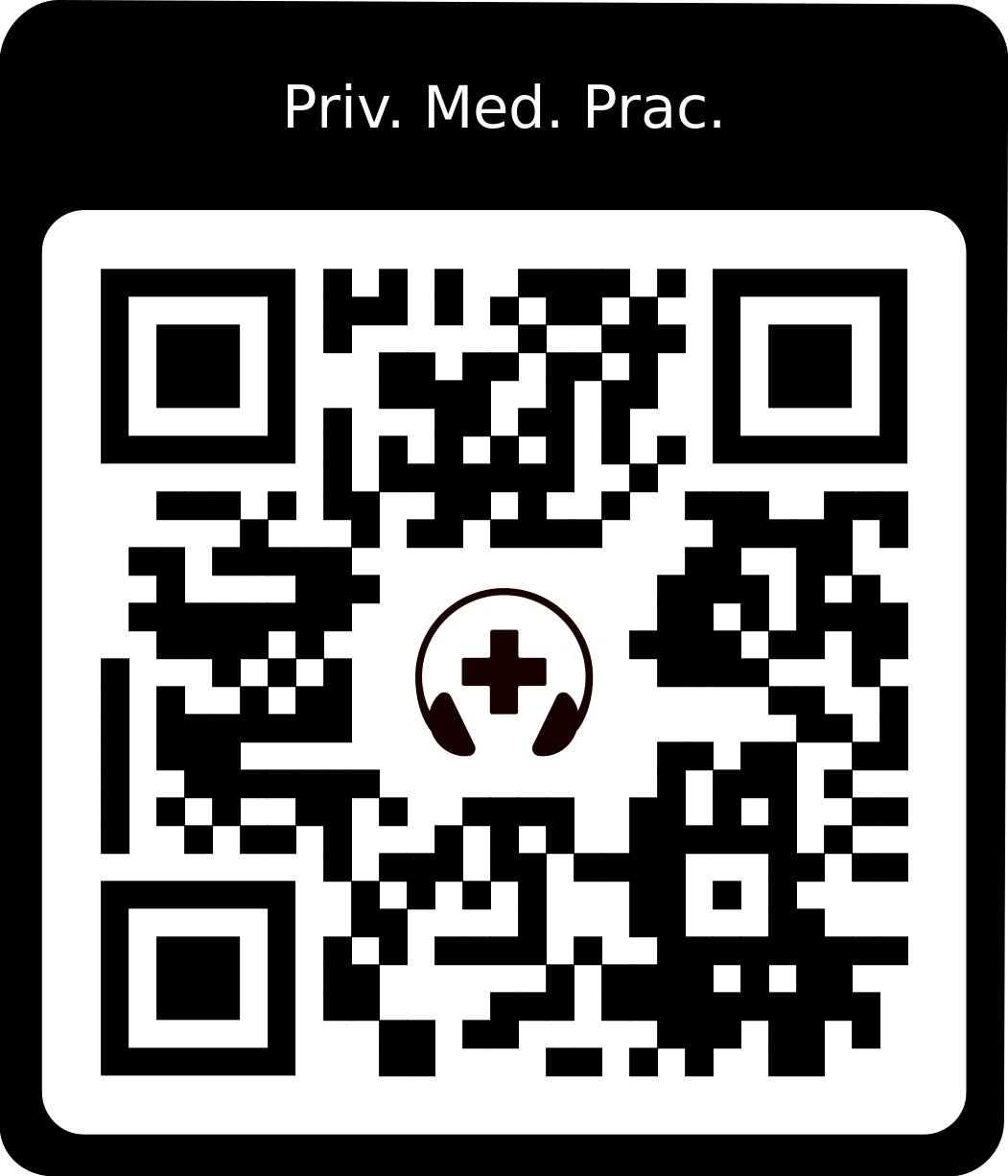Strategies for Reducing After Hour Phone Calls
Recently, one of the members of The Private Medical Practice Academy told me that one of their biggest concerns about private practice is the number of after-hour patient phone calls. In order to reduce the volume of after-hour phone calls, you need to have a policy that implements these strategies.
There will always be after-hour calls. Many of these are non-urgent calls related to issues that can be easily addressed during regular office hours. The key is to implement strategies that help reduce after-hour call volume without sacrificing patient care.
1. Set up your phone system's phone tree
When a patient calls after hours, your phone system should answer and give the patient a set of instructions. The message should start with, “If this is a medical emergency, please hang up and dial 911 or go to the nearest emergency room.”
2. Automate commonly requested information
Your after-hours message should include the information that patients are routinely looking for like your address, office hours, directions to the office, your fax number and your website URL. Mention your website multiple times during the message to direct patients to that site. The person recording this message must articulate clearly and speak slowly so. this automated message can be easily understood.
3. Divert non-clinical calls
Non-clinical calls, including requests to change, cancel and schedule appointments, requests for medical records, and billing questions can account for a significant percentage of your after-hours calls. Set up a phone tree prompt that sends people to a voicemail box that the staff will answer during regular office hours.
4. Automate medication refills
Ideally, refills are timed to patient follow-ups. Have all refill requests come from the pharmacy. Adopt a policy of no refills on nights, weekends and holidays. Employ a phone tree prompt that sends patients to a voicemail box for non-urgent refill requests.
5. Indicate that you may bill for non-urgent calls
Another strategy is to inform the caller that if they chose to contact the on-call provider, there will be a charge for the service. You can decide whether you want this to apply to all calls or only ones that are not urgent. You can also decide whether or not you actually want to drop a charge.
5. Instruct callers to hang up and dial the answering service directly
If you are going to use an answering service, I would suggest having a pre-recorded message on your phone system that directs patients who still want to speak with the on-call provider to hang up and call the answering service directly.
6. Target high utilizers
Track your after-hours calls to know who’s calling you and you'll likely discover a handful of patients make up the majority of calls. Even if you don’t want to bill everyone for after-hours phone calls, you can send the high utilizers a letter informing them of a change in your office policy indicating that there will be a charge for after-hours services.
7. Differentiate patient versus consult calls
If your practice accepts consult calls from the ER or inpatient units, you will want to set up your after-hours phone tree to include a separate option for these calls.
If you'd like to hear more tips on how to start, run and grow your practice and related medical businesses, please sign up for my newsletterat https://www.thepracticebuildingmd.com.
And, be sure to join my FB group, The Private Medical Practice Academy.
If you enjoy this podcast, please help spread the word and leave a review 🙂

































